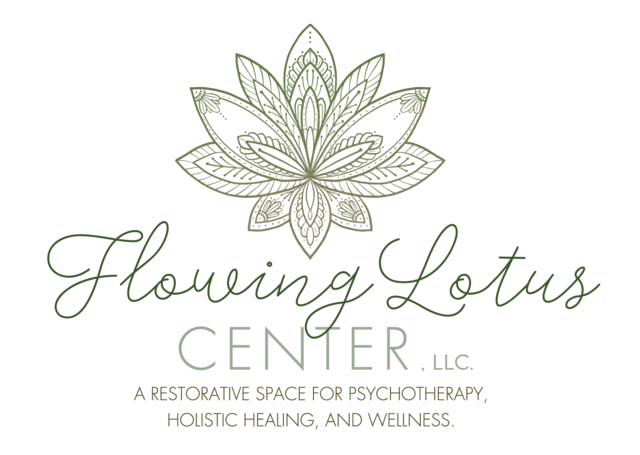Counseling for PTSD/Trauma
Most people will experience trauma or post traumatic stress disorder (PTSD) in their lifetime whether it’s a car accident, abuse or neglect, the sudden death of a loved one, a violent criminal act, a terrorist act, exposure to the violence of war, or a natural disaster.
It is believed that PTSD affects nearly four percent of the U.S. adult population. While it is usually linked with veterans who’ve experienced combat, PTSD occurs in all people regardless of age, race, nationality, or culture. In fact, women are twice as likely to experience PTSD than men.
While many people can recover from trauma over time with the love and support of family and friends and bounce back with resiliency, others may discover the effects of lasting trauma, which can cause a person to live with deep emotional pain, fear, confusion, physical and somatic pain(s), or post traumatic stress far after the event has passed.
In these circumstances, the support, guidance, and assistance of a therapist are fundamental to healing from trauma.
Trauma Symptoms
According to the four types of symptoms listed in the
DSM-5.
Avoidance Symptoms
- Avoiding specific locations, sights, situations, and sounds that serve as reminders of the event
- Anxiety, depression, numbness, or guilt
Re-experiencing Symptoms
- Intrusive thoughts, nightmares, or flashbacks
Hyperarousal Symptoms
- Anger, irritability, and hypervigilance
- Aggressive, reckless behavior, including self-harm
- Sleep disturbances
Negative Mood and Cognition Symptoms
- Loss of interest in activities that were once considered enjoyable
- Difficulty remembering details of the distressing event
- Change in habits or behavior since the trauma
How Can Treatment Help?
There are a variety of treatments that can be used to treat PTSD. However, there are three specific techniques that are consistently gaining research-based evidence of their effectiveness in successfully treating PTSD.
Cognitive Processing Therapy – This modality focuses on how a person perceives a traumatic event and processes it. A therapist can help their client work through stuck points, which are certain thoughts related to the trauma that prevents the person from recovering.EMDR – EMDR stands for eye movement desensitization and reprocessing. This technique uses bilateral sensory input such as side-to-side eye movements to stimulate the brain to process difficult thoughts, memories, and emotions.Cognitive Behavioral Therapy (CBT) – CBT is a form of talk therapy that focuses on how thoughts, feelings, and behaviors are related to one another. The goal of a CBT therapist is to help a client with PTSD return to a place of hope with a greater sense of being in control of their thoughts and behaviors.
If you or a loved one suffer from PTSD and would like to explore treatment options, please reach out to me. I have personally seen amazing transformation through therapy and want to offer the help you need to enjoy life again.


